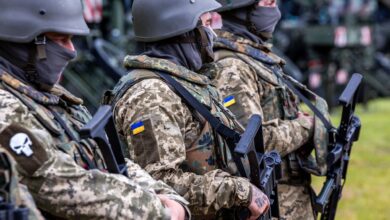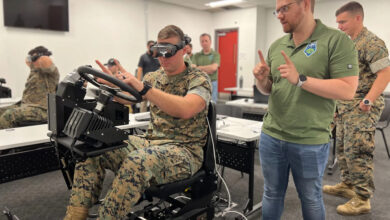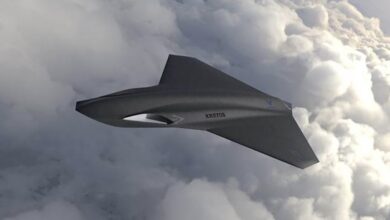USAF Medics Train Care Services for Critically Injured Military Canines
The US Air Force has trained medical teams to improve care services for military working dogs (MWDs) with critical injuries.
Led by the agency’s healthcare specialists and canine handlers, Canine Tactical Combat Casualty Care (TCCC) provides swift and effective care required by combat dogs.
The project delivered lessons for medics to ensure that the well-being of MWDs is treated at the same level as warfighters during tactical missions.
During the program, participants simulated complex medical operations for the canines. The hands-on training involved respiratory, airway, circulation, and head injuries, as well as massive hemorrhaging and hypothermia.
Suggested medic kits include razors to shave fur for precise IV localization, chest tubes of various sizes, and dog blood pressure cuffs.
MWD handler Staff Sgt. DeAndre Turner underscored the importance of TCCC in scenarios that require life-saving measures for his dog.
“Bonie and I are going on two years,” Turner said. “It’d be emotional if something ever happened to her, so it gives me a lot of relief knowing that if I can’t help her then personnel that are properly trained can.”

‘Proper’ Treatment
Maj. Mackenzie Shrives, an Aeromedical Evacuation Critical Care Air Transport physician, added how significant the TCCC contributed to her knowledge of future emergency medical situations with MWDs.
“They have their own ranks, awards, and medals. We treat them the same as us and they deserve proper medical care,” Shrives explained.
“I work with MWDs, so I’m expected to know how to take care of them. I need to know about the subtle differences between humans and dogs when stabilizing and resuscitating them during a traumatic injury.”
“The medical community has a duty not only to service members but also to the MWDs that help protect us every day.”
Recent Projects for US MWDs
The US initiated the construction of a new canine complex last year for its MWDs stationed in Germany.
The $4.6-million plant will replace the kennel space at Grafenwöhr, built over 100 years ago. It will cover 5,070 square feet (471 square meters) and incorporate training rooms, supply storage, a medical examination division, and multipurpose areas.
In 2020, the US Army announced that several military dogs would be equipped with augmented reality goggles to boost situational awareness across areas of operations.
Based on Microsoft’s Hololens, the device will provide visual cues to MWDs to improve their interoperability with handlers.












